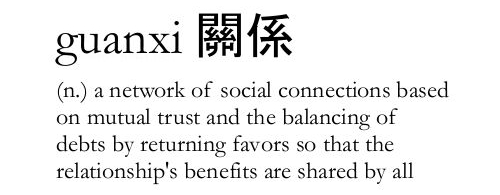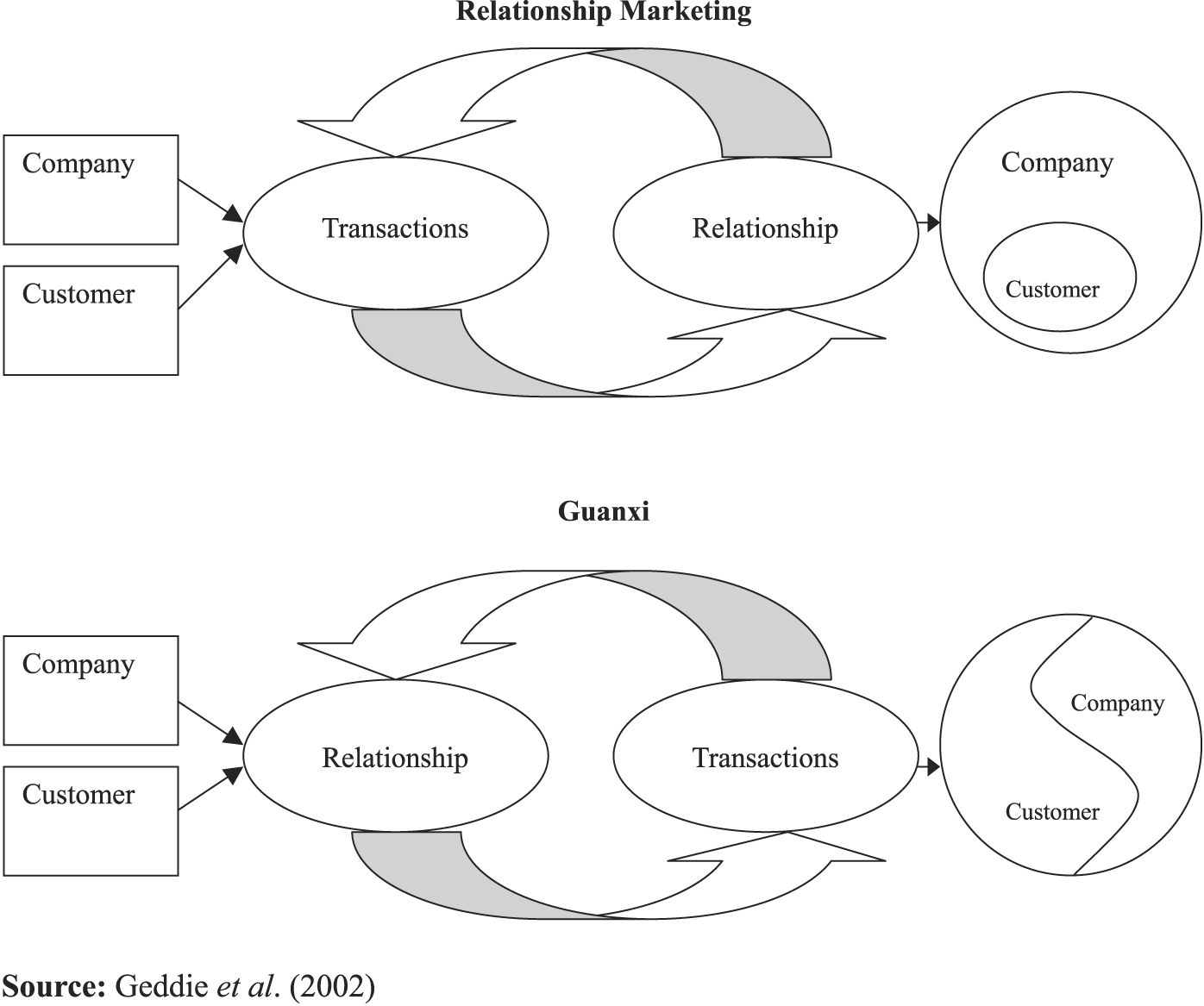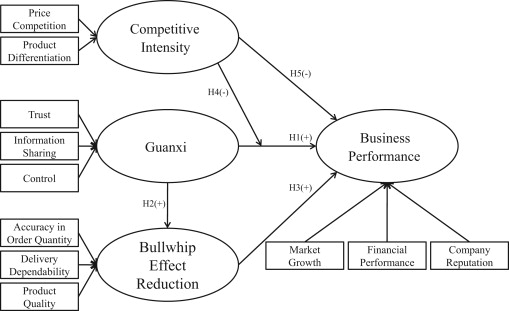Few can do business in China without hearing about guanxi, an integral aspect of Chinese culture when it comes to forging and maintaining relationships.
Marketers should certainly approach the subject with curiosity by learning and observing the ways that guanxi feeds into consumer behavior. After all, the success of KOLs rests on their ability to establish a human connection and lasting relationship with millions of followers, and brands can leverage this influence to build trust among Chinese consumers.

The meaning of guanxi
At its core, guanxi is about constructing social networks. However, understanding and strengthening guanxi isn’t simply about expanding one’s network obsessively. There’s a qualitative aspect to guanxi, in two senses. First, people value meaningful, mutually beneficial relationships. The goal is not to simply acquire an address book overflowing with “contacts” one doesn’t actually know. Second, the idea of having “good” guanxi demands cultivating connections with people who have a degree of relative power and influence—individuals who have something of value to others. In short, relentlessly adding to one’s list of WeChat or LinkedIn “friends” won’t cut it.
Since most tend to think of all this in terms of human-to-human relationships, it’s easy to overlook the importance of guanxi to marketing in China. And indeed, many brands and marketers miss just that point. Guanxi can be useful to marketers in China, but it’s not always easy for brands to earn the trust of consumers. As we’ll see, that’s where KOLs can play a powerful role.

Establishing trust
Trust is one of the cornerstones of guanxi. When people talk about building guanxi, establishing and maintaining trust is usually a key part of this. The problem for marketers is that Chinese consumers have an instinctive mistrust of brands trying to make friends with them. Understandably, people are wary of allowing themselves to be sold to and cynical about companies’ intentions. No matter how human the messaging sounds, a brand’s voice is likely to come across as lacking the authenticity that inspires trust in consumers.
That doesn’t mean Chinese people don’t relate to brands or form allegiances to particular companies—they certainly do. However, consumers generally want to enter into a relationship with a brand at least partly on their own terms. It follows that attempting to speak to consumers directly via the brand’s social channels and other owned media is often an ineffective way of establishing trust.
KOLs, on the other hand, are perfectly placed to capitalise on the trust dynamics of guanxi. Where brands can find it difficult to present as authentic, authenticity is the x-factor that can earn KOLs the trust of thousands, if not millions, of followers. China’s younger generations identify strongly with KOLs who look and sound like them or at least a version of themselves they aspire to be. Once trust is established, a KOL’s followers can be extremely receptive to the advice and endorsements the KOL delivers through their content—and by extension, willing to lend trust to the brands that KOL affiliates with. The way this works is like a friend-of-a-friend referral that, in other contexts, might influence a hiring decision or a choice of supplier—and it’s how brands can use KOLs to leverage the power of guanxi.

Leveraging reciprocity
In addition to trust, reciprocity is the other key concept brands need to understand when rolling out a guanxi-centred marketing campaign. And it’s arguably the most important aspect of deploying guanxi effectively. Guanxi starts with trust, but it’s the cycle of reciprocity that keeps the relationship going.
The typical way newcomers observe reciprocity in Chinese relationships is through the exchange of gifts. This commonly plays out at the dinner table at a restaurant, where friends and colleague take turns paying for meals. For KOLs, the “gifts” they give their followers is their content. From makeup tutorials and travel vlogs, to product reviews and recommendations, KOLs gift their followers a wealth of entertainment, information and education, in most cases entirely free of charge.
The ways a KOL’s followers reciprocate the “gift” of content may be less immediately conspicuous, but follows an inherent logic that can play out in a variety of ways. Chinese consumers can’t repay their favourite KOLs by buying them lunch, but they have a sense of indebtedness for the content they enjoy.
If there’s any doubt that this is the case, consider the successful monetisation in recent years of live streaming in China. Viewers can watch live streams for free, but many gladly make a voluntary donation to the influencer producing the content. As a result, many live streamers can make a comfortable living—some have grown wealthy—from follower donations alone.
The desire to give back means followers will also readily buy products endorsed by the KOLs they admire. In a 2017 study by The Luxury Conversation on millennial Chinese consumers reported in Business of Fashion, nearly three-quarters of those surveyed said they had a favourite KOL and bought products recommended to them from this KOL to “help” them. With e-commerce features now integrated with content on many Chinese social networks, this reciprocal dynamic has made KOL channels potent sales funnels for brands that understand how guanxi works.
Reciprocity can also be in play between brand and influencer, and this can lead to compounding returns for marketers. Influencers may experience a sense of indebtedness to brands that sponsor them, even if the brand only paid to work with them on one campaign. In other words, the KOL may be willing to endorse a brand’s subsequent product releases, even after their original contractual obligations have been fulfilled.
Once a brand has established an initial working relationship with a KOL, the brand should maintain contact with the influencer, “product seeding” every few weeks. There’s a strong chance that the KOL will post about the brand’s products or services repeatedly, and so the brand’s guanxi with the KOL creates a feedback loop that leads to the influencer’s followers developing trust in the brand.
Conclusion
It’s important for marketers not to get too mystical about guanxi—they shouldn’t lose sight of the fact that customers are humans, and remember that the concepts underpinning guanxi are found in cultures and social relationships all around the world. However, brands and marketers that are in tune with the ways guanxi plays out among social networks in China could have an opportunity to get even more out of their KOL partnerships.









Leave A Comment